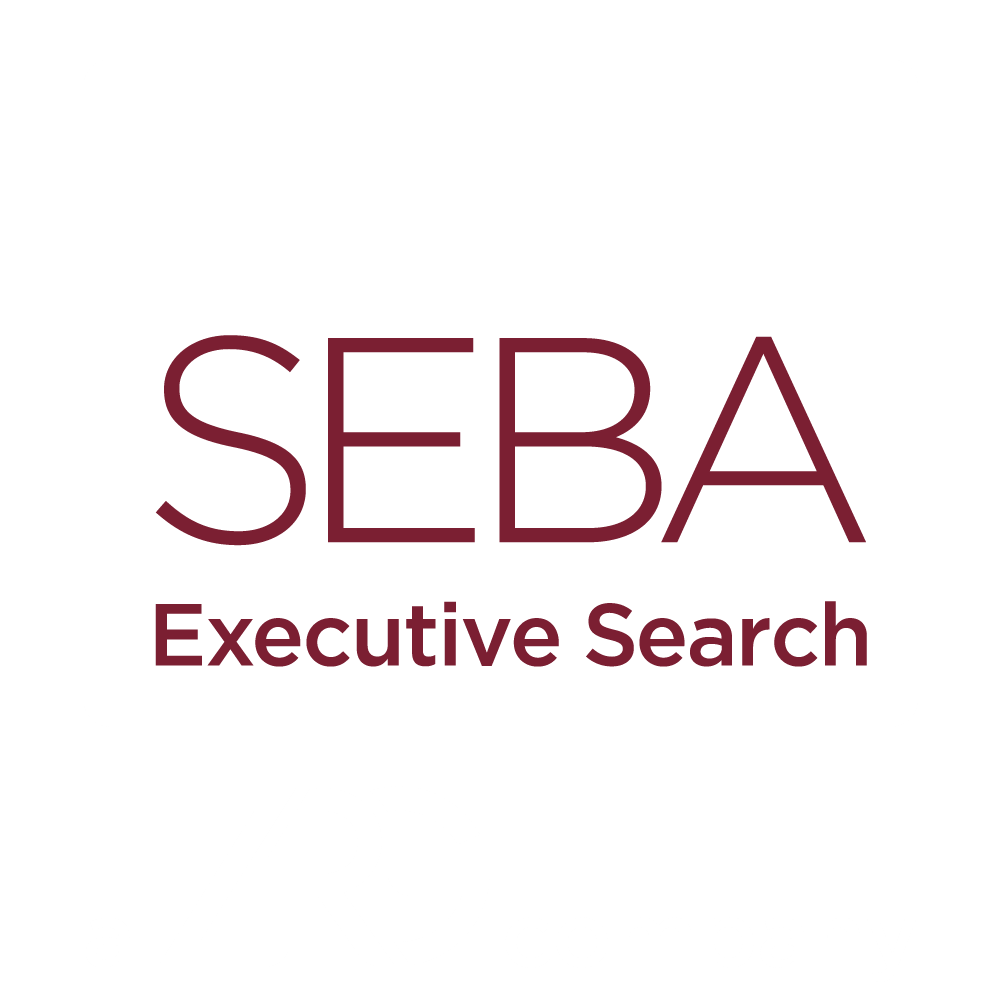4 Best Practices for Successful Virtual On-Boarding
The pandemic has forced companies to on-board new employees from afar. New hires will meet their teams and peers, learn policies and processes, and even be expected to grasp and embrace company culture, virtually, through a computer screen.
They will not feel the nerves and elation when they walk through the door of the building on their first day. They will not see their desk for the first time with a welcome note on it. They will not have a chance to meet new peers and colleagues in the cafeteria every day. These things may seem trivial but they make an entry into a new organization comfortable and exciting.
Over the last few weeks, SEBA International has placed six executives who have virtually on-boarded, so we’ve had a front row seat to their experiences. Here are some of the best practices we have learned:
On-boarding begins during the interview process, and that is particularly the case during a remote working environment.
Add more individuals to the interview list than you typically would. In addition to the interviewers assessing and qualifying skill sets, include other people (i.e. office manager, executive admin) so that candidates can have a better understanding of the culture.
To familiarize new employees with the office environment, HR and/or Marketing teams can put together video footage of the lobby, cafeteria, office layout, etc. After all, this will be their new home away from home – show them around as you typically would, had they been there in person!
Well ahead of the start date, companies need to ready the new employee for success and remove opportunities for stress on day one. Send the employee the equipment they will need for a day on the job, inclusive of laptop/phone pre-loaded with all necessary applications, as well as remote access to email and the company server. These things are important when a person on-boards physically, and are doubly important when they on-board virtually.
Don’t forget to pre-load their calendar with standing meetings and calls. Provide them with the employee handbook and a team roster inclusive of everyone’s contact information and title. This helps familiarize the new employee with what to expect in the days ahead and who to expect interactions with.
Hiring managers should host and facilitate a meeting with all team members, peers, and cross-functional partners to not only introduce the new employee, but also to explicitly explain and introduce their role and responsibilities. This meeting is especially important in cases where the employee’s role is newly created.
VIDEO CALLS! I know, the obvious. Though there’s nothing quite like being in person for meetings and discussions, video calls are the closest we can come to it during this time. Learn your teammates’ mannerisms and body language; they are crucial in any human connection and developing that from the start of your tenure is important. Don’t just be a figurehead; do your best to build that trust with your team and colleagues from the get-go.
Remember that although virtual on-boarding may not be ideal, it is highly possible that remote work increasingly becomes part of our new normal, post COVID-19. Let’s continue to share best practices with each other. For those who have been virtually on-boarded or for hiring managers who have on-boarded new employees during this time, what best practices have you experienced?
